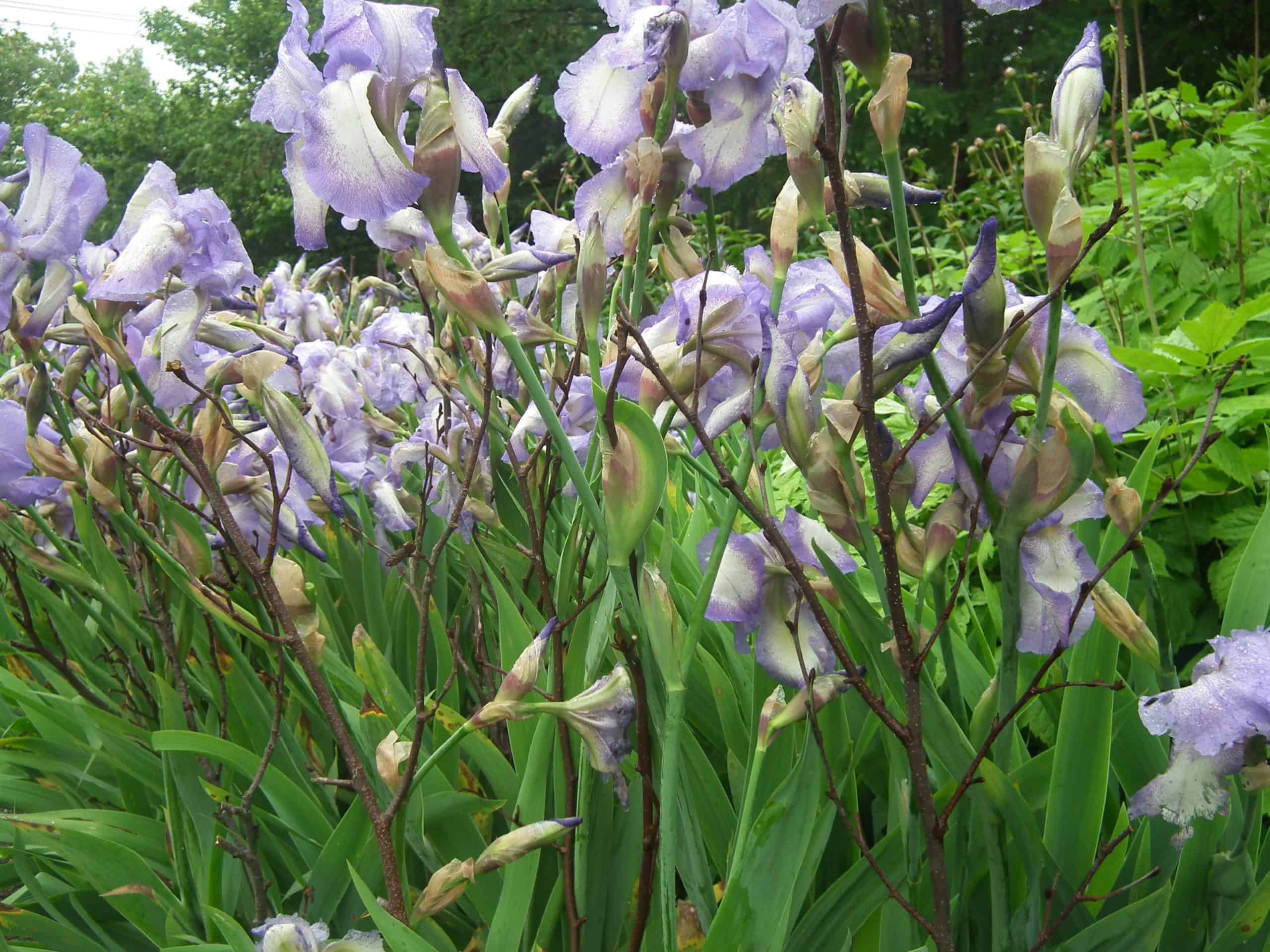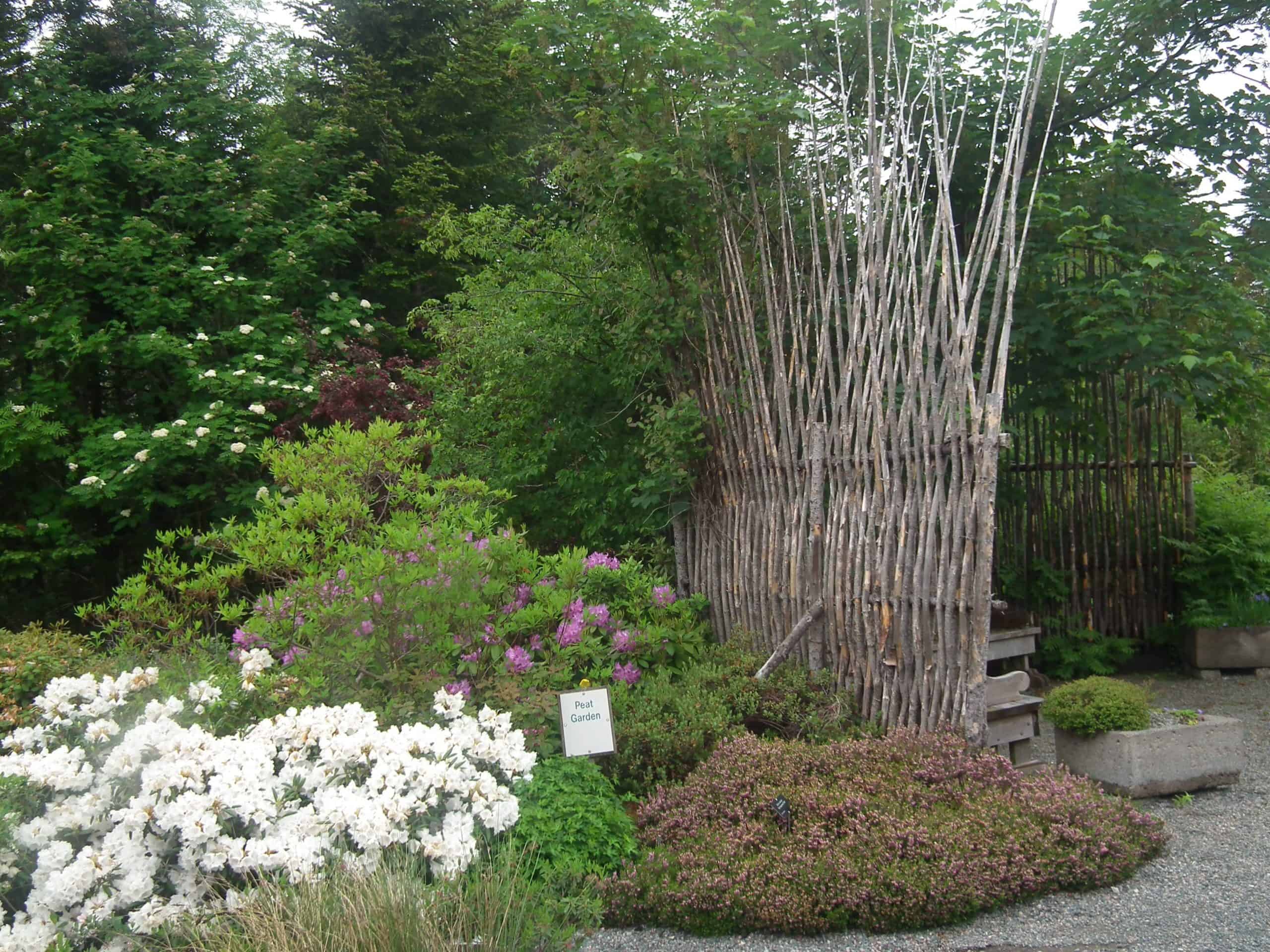
When I arrived in St. John’s at the end of June, Memorial University of Newfoundland Botanical Garden Director Liz Klose handed me a fleece jacket—and with temperatures hovering around 10ºC, it was a cozy comfort! I quickly learned that it was “Junuary” and the harbingers of this cool weather, small smelt-like fish called capelin, were running. Welcome to Newfoundland!

A first glance at the patch of Himalayan blue poppies blooming in the Asian garden near the garden’s entrance soon made me forget the chill in the air. Oh my, their ruffled double petals were mesmerizing. Head Gardener Carl White informed me that these beauties are Meconopsis grandis, and then pointed to another group of the single M. betinisifolia. I was smitten!
But lingering by the poppies was not on the agenda because there was much more to see and do. First up was helping to collect used pots for recycling. I tossed them onto the truck and waved goodbye as Research Horticulturist Todd Boland drove them to the recycling depot.


On the way to tour the five cultivated acres of gardens in this 110-acre site surrounding Oxen Pond, I stopped in my tracks beside the perennial border. Holding up the top-heavy heads of the bearded iris were alder twigs—a simple, effective and near-invisible way to support the gangly irises.

As we walked along the path toward the rock garden, we passed a stack of logs nestled into the woods. Hah, a butterfly habitat I guessed, and was surprised to learn these popular overwintering sites were first developed here at MUNBG. I also had to pause to examine the “quiggly fence” in the heritage garden, another Newfoundland innovation traditionally used as a windbreak. There were more Newfoundland treasures in store for me. Research Assistant Madonna Bishop led me through the trails and along the boardwalls, pointing out the tiny twinflowers (Linnaea borealis), natives of Newfoundland and the garden’s official emblem. Nursery Manager Tim Walsh showed me the tiny Braya, endemic to Newfoundland, that were being cossetted in the nursery beds.
This is just the tip of the iceberg as far as what’s in store for visitors to MUNBG.
Watch the video and let the garden’s staff themselves show off their favourite spots in the garden.
In the video:
- Garden Director Liz Klose
- Head Gardener Carl White
- Nursery Manager Tim Walsh
- Research Horticulturist Todd Boland
- Research Liaison Madonna Bishop
- Education Coordinator Anne Madden
https://vimeo.com/72811787

